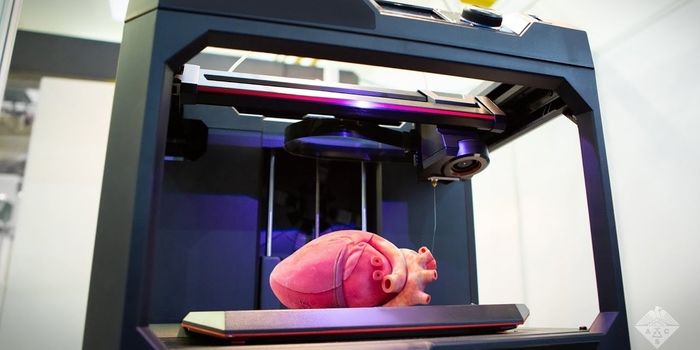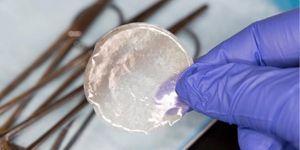Humans have been decorating their bodies with tattoos and piercings since at least the Neolithic era thousands of years ago. While modern technologies have expanded the range of available dyes, today's technique of tattooing remains arguably similar to the technique used long ago. That is, needles insert ink deep into the dermis layer of the skin so that it becomes permanent. But skin cells shed every two to three weeks, so why doesn't the ink get sloughed off along with the cells?
The answer has a lot to do with the immune system. In fact, tattoos can be thought of as an inflammatory process. Each time a needle punctures the dermis and delivers an ink load, the body sends macrophages to the wound site to "eat" the foreign pigment particles in an attempt to clean the wound. But the dermis layer ends up trapping the stained macrophages, giving the desired permanence effect.
While permanent, the ink can fade, blur, and even migrate with aging. And reversing a tattoo's effects is similarly painful as getting it in the first place. To erase a tattoo, lasers are used to break up the pigment particles until it's small enough to be cleared out by the immune cells. This process is lengthy as it is painful and could cause scarring, which could be considered another form of a permanent tattoo.








